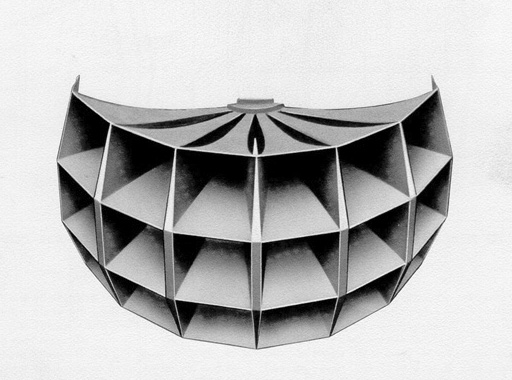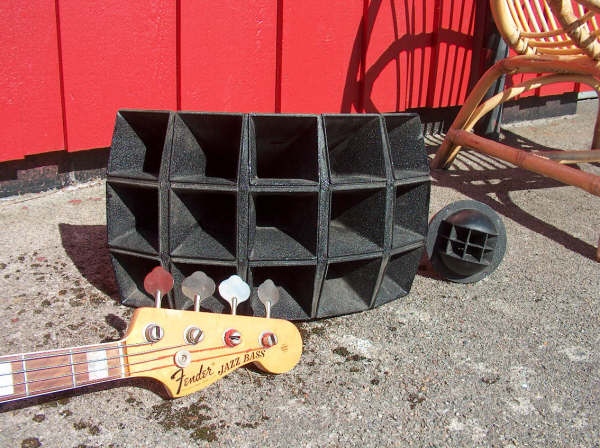|
Posted by Romy the Cat on
04-22-2005
|
|
I know that tweeters is a “lost subject” and it is hard to talk about tweeters with audio people. Everyone understand tweeters differently, primary in context of this systems or even more correctly – in context of this frustrations with thier current tweeters. I’m not an exception from those rules. I tend to use “talented” midranges and I do not anticipate tweeter to ”do” a lot. It is know that I have a bias to vintage tweeters with plastic diaphragms but here is not a conversation about the tweeters but rather about the tweeter waveguide.
I wrote before in the article “Problems with horns: tweeters” that I like wide dissipation tweeters, and considering that I use them way above 10kHz I would love to have a dissipation pattern as large as possible, 180 degree is better then 120 degree. Despite that I do have a tweeters about which I feel very comfortable but there is one tweeter direction where I would look with qureacity.
I heard a few times large 18 sections multicell midranges and it is not that I liked them but it was kind of fascinating effect, and particularly in far-filed. Altec has a number of 1803 sand-filed versions and I know Vitavox and RCA did the similar. They were huge, heavy…. and sort of mid-rangy… but I wonder what would be if to apply the same concept to a tweeter?

I can see a 1:10 scale model of the 1803B, perhaps no more then 8-10” of total width having 7-8 sells per each of 3-4 rows. It might be a hall of the job to maintain the correct profiles of the sells within this size built if someone would do I would defiantly go for it and would try what happen. Did anyone have seen of heard any attempts in this direction?
Rgs,
The Cat
|
|
|
|
Posted by cv on
04-22-2005
|
Romy, have you not seen the Duevel horns? 360 dispersion.
Not sure I spelled that correctly; I might be thinking of the beer...
It's easier than 48 or 64 tweeters arranged multicells fashion:-O
cheers
PS
|
|
|
|
Posted by Romy the Cat on
04-22-2005
|
tadalafil generico tadalafil sandoz website 
Image courtesy to Ted Lindblad
Second of all I am not interested in 360-degree radiation and I feel it would be a mistake to go there. I would go for 180-degree or perhaps 200-degree max.
Rgs,
The caT
|
|
|
|
Posted by ayebee on
06-30-2005
|
prednisolon og alkohol prednisolon read
You are probably familiar with this one... It's the closest to a multi-cell tweeter (well, maybe because it actually IS a multi-cell tweeter, but only 6 cells) I've ever seen...
picture of Altec 3000h
Regards,
Anders Boman
|
|
|
|
Posted by slowmotion on
06-30-2005
|
Hi
Pioneer did something with multicell tweeter horn.
I have a picture, but don't know how to upload it .
cheers ,
Jan
|
|
|
|
|
|
|
Posted by slowmotion on
07-01-2005
|
amoxicillin cost without insurance amoxicillin prescription no insurance naltrexone and naloxone difference methyl naltrexone vs naloxone |
|
|
|
Posted by slowmotion on
07-01-2005
|
the abortion pill Philippines abortion pill side effects ph  cheers, Jan cheers, Jan
|
|
|
|
|
|
|
Posted by be.audiophil on
12-11-2007
|
|
HI, Dietmar from Germany uses a diy multicellular horn for his JBL 077-tweeter http://chaudioroom.com/Photos/CH1505%20Dietmar-6m.jpg By the way, i´m searching construction plans of Altec 1505, 805 or 1005 for a complete DIY project. Any suggestions? Many thanks in advance
|
|